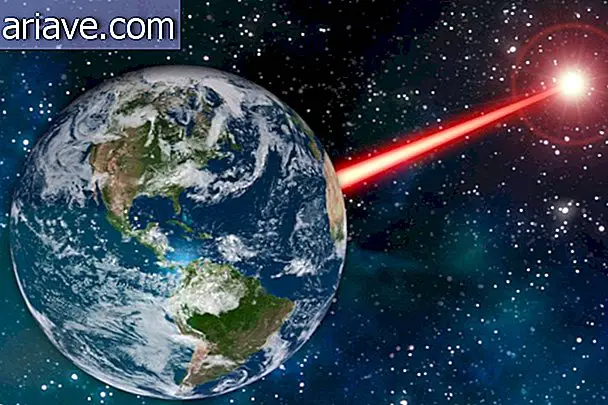Learn the story of the woman who saved lives with her immortal cells
When we hear about scientific advances throughout history, we tend to imagine that things have happened in an organized and planned manner. However, in fact, many discoveries have occurred in an unexpected and totally unexpected way. A clear and yet poorly disseminated example of this involves Henrietta Lacks.
Well, let's tell you a little bit about what happened. In 1951 she was admitted to Johns Hopkins Hospital with severe abdominal pain and was treated by a doctor who diagnosed a very aggressive form of cervical cancer. After collecting his cells to study them, he realized something rather strange: after a number of divisions, they did not die like the others in the lab. In fact, Henrietta's cells never died.
And now, what to do?
Faced with such a surprise, and as it was a time when there was no regulation regarding cell collection, even without consulting it, the doctor then removed a piece of his tumor and referred it to a group of scientists who had been trying, however. unsuccessfully cultivate tissues in vitro . In this way she became an involuntary donor of cells that revolutionized medicine.
Even after Henrietta died, the so-called HeLa cells continued to be cultivated and distributed to various laboratories around the world. Fortunately, over time, results began to appear: the first was the polio vaccine, developed by Jonas Salk in 1952, which has averted some 650, 000 deaths and 13 million cases of paralysis since 1988.
But do not think, dear reader, that stopped there! HeLa cells were the basis for the development of the field of virology, and their contribution to modern medicine goes beyond vaccines; they made it possible to study cancer, HIV, the human genome, tuberculosis, HPV, Parkinson's disease, IVF and even cosmetics!
To understand a little more how everything works, watch the video below:
And who was Henrietta Lacks?
Considering its importance to the direction of world medicine, it is only fair to know a little about your life. She was born in 1920 in Virginia and as a teenager became involved with her cousin David, whom she married and had five children. A slave and tobacco farmer in the southern United States, Henrietta was unfortunately diagnosed with cervical cancer and died at age 31 as a result of the disease.
Journalist Rebecca Skloot was so enchanted by the story surrounding Henrietta's immortal cells during her high school biology class that years later she devoted herself to investigating more details about her life. The result of this can be found in the book "The Immortal Life of Henrietta Lacks", in which she tells how the incredible HeLa cells were discovered and collected and discusses their impact on both modern medicine and the Lacks family. If you want to know more, check out an interview by Rebecca at this link.
***
Did you know that Curious Mega is also on Instagram? Click here to follow us and stay on top of exclusive curiosities!










